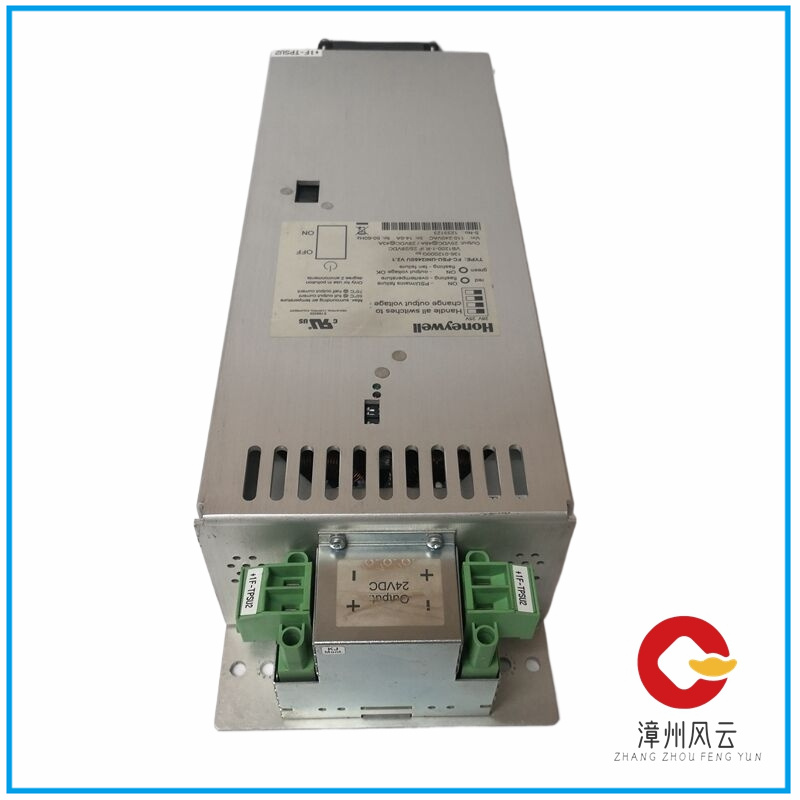Industrial artificial intelligence (referred to as industrial AI) is rapidly developing, helping enterprises achieve digital transformation one by one. Understanding enterprise architecture is crucial for embarking on the path of digital transformation, as it can help companies grasp the essence of AI models and ultimately achieve digitalization of all business processes. Many capital intensive enterprises are independently developing industrial AI and sustainable development strategies to lead the construction of future factories. The concepts of AI and sustainable development are mutually reinforcing and synergistic, with the same driving factors, to create a more outstanding future factory by achieving safer, more environmentally friendly, more sustainable, and faster operations.

Figure 1- Industrial AI combines data science and artificial intelligence with software and professional domain knowledge
Industrial AI application cases in capital intensive enterprises
Adi Pendyala, Senior Director of Aspen Technologies Limited; Dr. Zhu Jianmin, Senior Solution Consultant at Esbon
In order to overcome the obstacles of artificial intelligence applications, people are gradually paying attention to popularizing AI applications, with a focus on addressing industry challenges and business outcomes. This is the original intention of using the industrial AI model, which can combine data science and artificial intelligence with software and professional knowledge to comprehensively improve business results for specific business needs of capital intensive enterprises.
In the report “Industrial AI Market Survey: 2020-2025”, IoT Analytics introduced 33 different cases of using AI tools and technologies to connect data sources and assets for industrial enterprises. The report predicts that by 2025, the global industrial AI market will expand from over 11 billion US dollars in 2018 to 72.5 billion US dollars in 2025. The organization has summarized the following three major industrial AI application cases.
Firstly, predictive maintenance accounted for over 24% of the total industrial AI market in 2019. It utilizes advanced analytical techniques and machine learning to monitor the operational status of individual or overall assets, thereby accurately predicting the execution time of asset maintenance.
Quality, reliability, and safety assurance rank second in industrial AI application cases, accounting for 20.5% of the total market. Its most important challenge is to help decision-makers surpass equipment levels and accurately predict the future asset performance of the entire system, thereby enabling decision-makers to make business decisions that maximize economic benefits.
The third category is process optimization, which may be the most focused application case category, but it is also one of the most difficult to implement application cases. It involves multiple AI based cross system capabilities: automatically executing repetitive human tasks; Support real-time decision-making across multiple applications; Extend asset lifecycle and optimize value chain across different business dimensions. This application case utilizes advanced machine learning methods, including reinforcement learning and complex deep learning neural networks, to obtain information and insights from different data sources, assets, and process flows.
The Strong Combination of AI and Sustainable Development
When we look forward to the new normal of industrial operations, safety and sustainability are considered the two most important business dimensions in capital intensive enterprises. For example, using predictive analysis can greatly reduce the occurrence of unexpected torch combustion emissions. According to the World Bank’s estimation, the annual emissions of carbon dioxide from torch burning worldwide reach over 350 million tons, equivalent to the total emissions of approximately 90 coal-fired power plants. To significantly reduce emissions, it is necessary to improve the reliability of equipment, thereby eliminating unplanned shutdowns and the resulting accidental torch burning emissions. In addition, predictive maintenance can effectively improve safety. The Chemical Safety Board (CSB) states that 50% of safety accidents in the refining industry are caused by unplanned shutdowns.
Recently, China Blue Star Group has deployed Aspen software to accelerate digital transformation through embedded artificial intelligence technology. This strategic cooperation has helped Blue Star achieve significant production optimization in its specialty chemical business. By conducting predictive and normative system maintenance analysis on all critical equipment, process deviations can be predicted early, thereby avoiding product quality issues and reducing unplanned downtime. By accelerating its digital transformation process, Blue Star is able to cope with the global market of volatility, uncertainty, complexity, and ambiguity (VUCA), fully utilize global resources, and seize market opportunities.
Environmental regulations, energy and water resource protection, air quality, and climate change are the top concerns in the industry. The plastic circular economy has proposed a series of overall solutions for the production and expansion of recyclable plastics, thereby saving resources and protecting the environment. Enterprises can further develop renewable energy projects such as bioethanol, biodiesel, carbon capture, solar and wind energy projects by utilizing insights derived from AI and machine learning analysis. Over time, companies have the ability to improve profitability and reliability while reducing capital investment. The adoption of carbon capture technology in industrial operations to reduce the impact on climate change is another key area.
Industrial AI is about to take off
Generally speaking, cost savings will encourage enterprises to improve production efficiency. However, considering emissions and resource utilization issues, companies are now seeking more specific process indicators. They will also focus on reducing waste and emissions per unit of production, as well as improving production efficiency through digital technology. In the process industry, the actual operational performance of complex interconnected assets, processes, and systems is determined by the design characteristics and capabilities (process limitations) of the assets, and the characteristics and capabilities of these asset models generally depend on the physical and chemical properties of the process flow.
Industrial AI, like previous multivariable and adaptive control capabilities, can better operate assets under physical and chemical process flow and process design constraints by gaining deeper insights. The International Energy Agency (IEA) has found that industrial AI and digital solutions can increase energy efficiency in industrial operations by 30%. The next generation of asset optimization solutions will address inherent challenges including sustainable development goals, providing visualization, analysis, and higher insight.